-
How to prune Ornamental grasses the easy way
 Lee Burkhill: Award Winning Designer & BBC 1's Garden Rescue Presenters Official Blog
Lee Burkhill: Award Winning Designer & BBC 1's Garden Rescue Presenters Official Blog

I'm a massive fan of Ornamental grasses in the garden, and fans of my work will see I incorporate them wherever I can. They require very little nutrition, will tolerate a number of soil types, and can provide interest for around 10 months of the year. Grasses look great in groups and can be used in Prairie planting even in the smallest of gardens. There are even some that will thrive in shade. Take that, Dahlia fans!
However, their needs are quite specific in that they respond really well to a timely hard prune. If you do one thing to your grasses then pruning ornamental grasses is the one activity to get right. They will forgive you all other gardening sins!
Pruning grasses is a vital gardening activity to ensure they create healthy, beautiful growth each year. If you don't prune them, they get really congested and start to look very scruffy. It may feel counter-intuitive to cut grasses back down to the ground, but they will thank you. Grasses put most of their energy into foliage rather than flowers like other plant groups. Therefore, they recover really well from a hard prune each year.
The tools you will need for pruning grasses are:
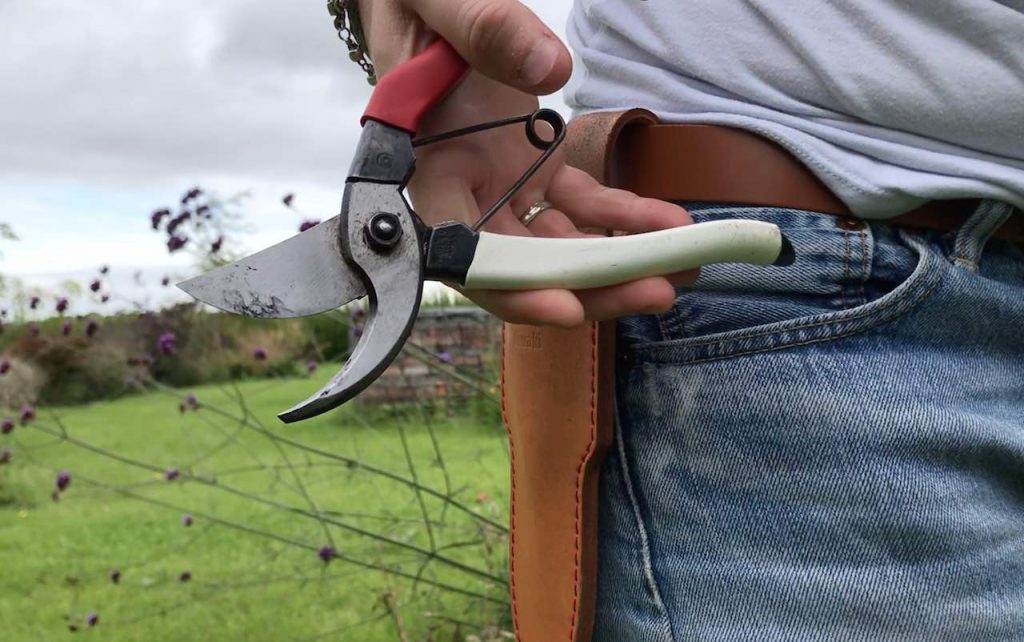
Now, this is open to some debate. I prefer to leave all ornamental grasses throughout the winter for their structure. So I prune mine in late February here in the UK. Other schools of gardening prune theirs back in late Autumn in October or November. Some others that are in between tie theirs up over winter, like a wheatsheaf.
Either way, the pruning remains the same so pick the time that best suits your gardening style.
Identifying whether your grass is green all year or dies back is essential. This is a really simple yet important step. There are two pruning methods for all Ornamental grasses.
There's hard pruning for deciduous grasses (those that eventually die back over winter) which involves cutting right back to the ground completely.
The nip and tuck tidy for evergreen grasses (that keep their foliage all year round) which removes any dead growth but leaves the majority in tact.
If you don't know you don't even need to consult a book. Simply wait until the winter and see what colour the foliage turns. I've also put a helpful guide below which lists the grasses into the two groups.
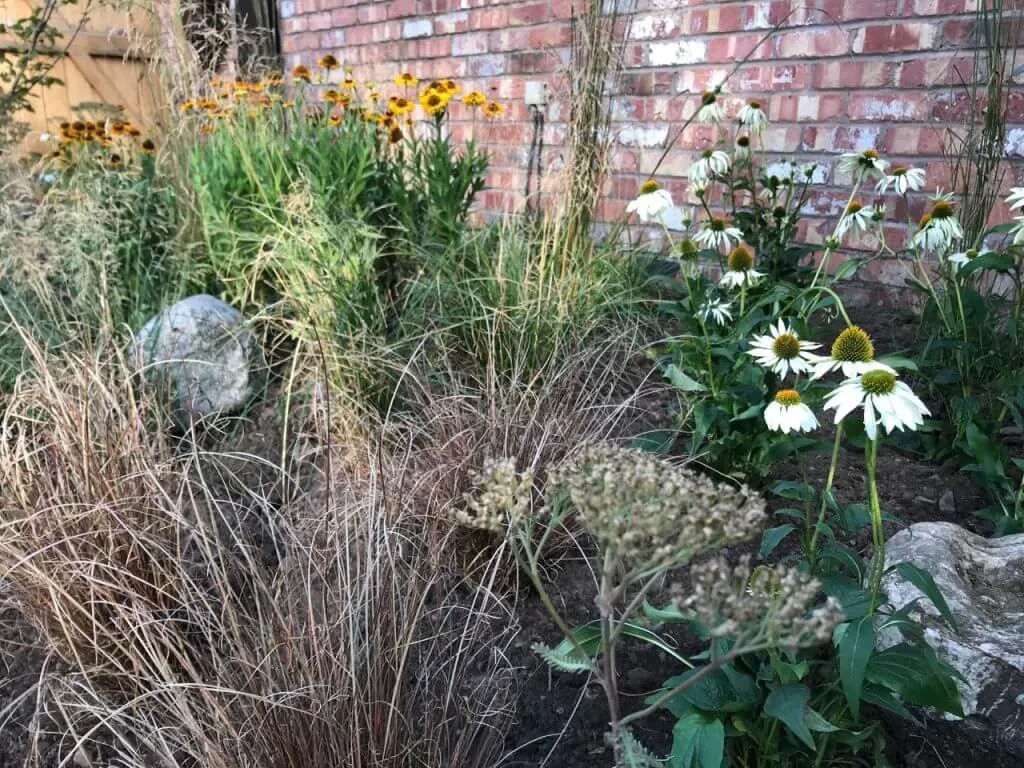
Grasses mingle with this prairie planting scheme adding light and texture.
The majority of Ornamental grasses fall into the deciduous category. Probably due to their origins on the plains of vast grasslands all around the world. These habitats were known for hot summers and harsh winters. Now some people tend to cut them down in Autumn to keep a tidy garden. However, I advocate you should leave your ornamental grasses for as long as possible through the winter. They add amazing texture and structure not to mention a food source for insects.
Around February and March, I then hard prune my ornamental grasses and it couldn't be simpler. The aim is to cut them back to maybe 3-6 inches from the ground. You don't want to go all the way back, as sometimes water and frost can damage the crown of the plant. You can do this the slow way with secateurs or the fast way. I bet you can guess which way I prefer.
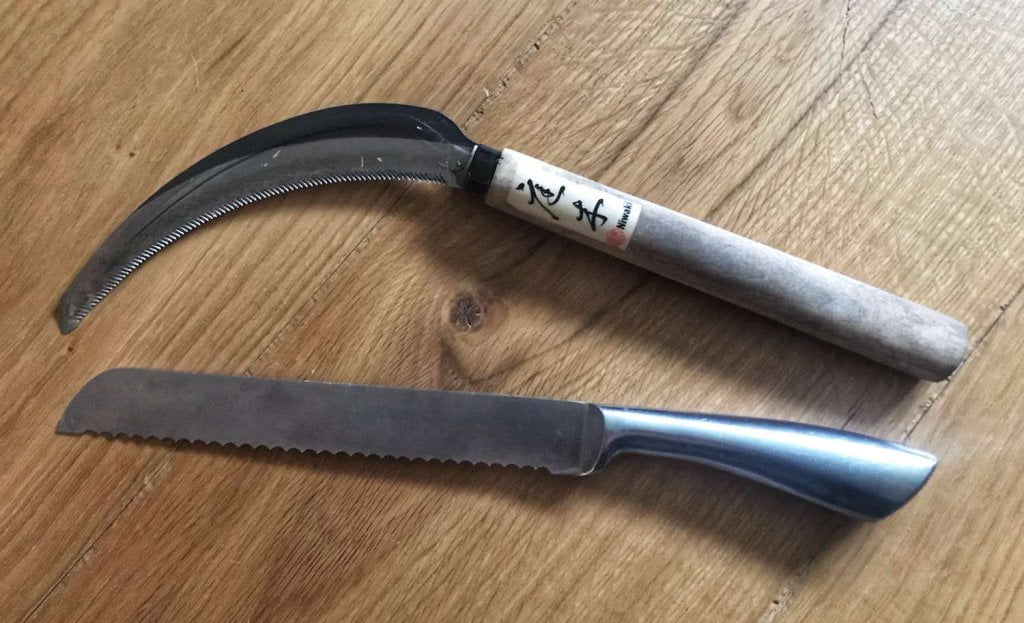
The scythe is my preferred tool, but a sharp bread knife will work too.
The best tool for the job is a garden mini scythe but alternatively, you can use a sharp serrated bread knife. The key is in grabbing the grass like a ponytail and then cutting through the bottom of the stems quickly and efficiently. Think Uma Thurman against the Crazy 88 in Kill Bill.
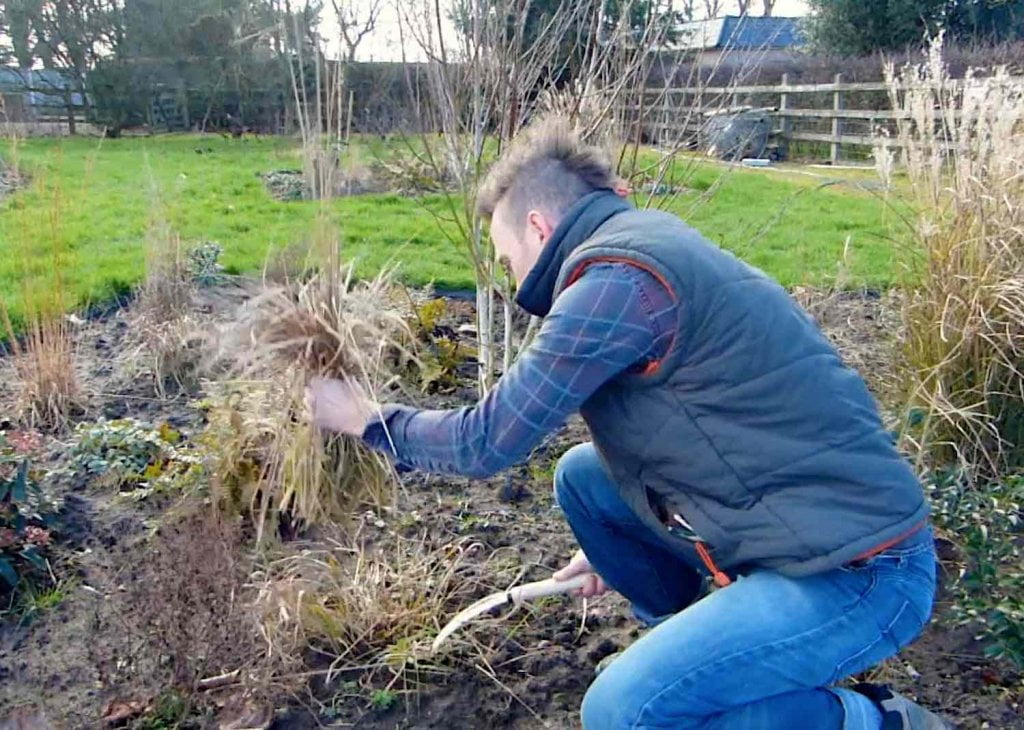
Grab the grass firmly and cleanly cut it back to 3 inch above the ground.
Did you know that you can take my course and learn how to become a Garden Ninja yourself? Click here for details
Now here is where the technique changes, put down your samurai sword and revert back to your carefully cut flower garden persona. For evergreen grasses, we're looking for a selective nip-and-tuck approach. Taking out dead or damaged stems or flower heads carefully. Especially with grasses like Cortaderia selloana 'Pumila' commonly known as pampas grass. Always wear gloves with larger grass specimens, as the blades can be razor-sharp. Pampas can respond well to a hard prune, but not every year. I prefer an evergreen approach for them.
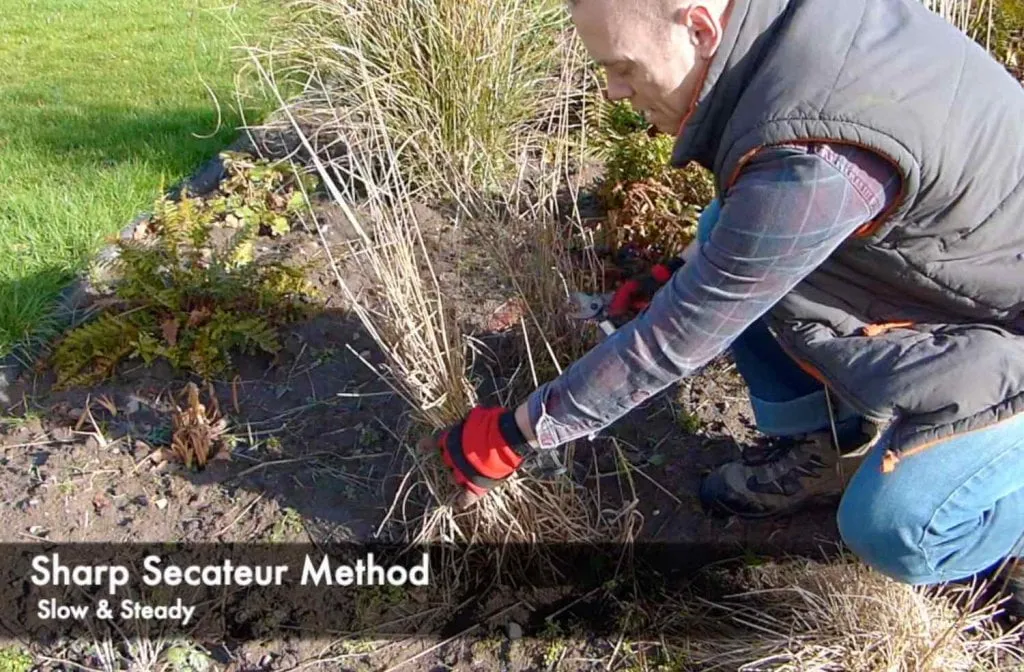
With smaller grasses such as Festuca, you can use your hands and carefully run your fingers through the grasses 'weave' to pull out dead debris and matter. This can also apply to Carex (which technically are not grasses but Sedges) and Luzula (also not a grass but frequently referred to as one). I undertake this in late winter or early March, when the grasses are waking back up.
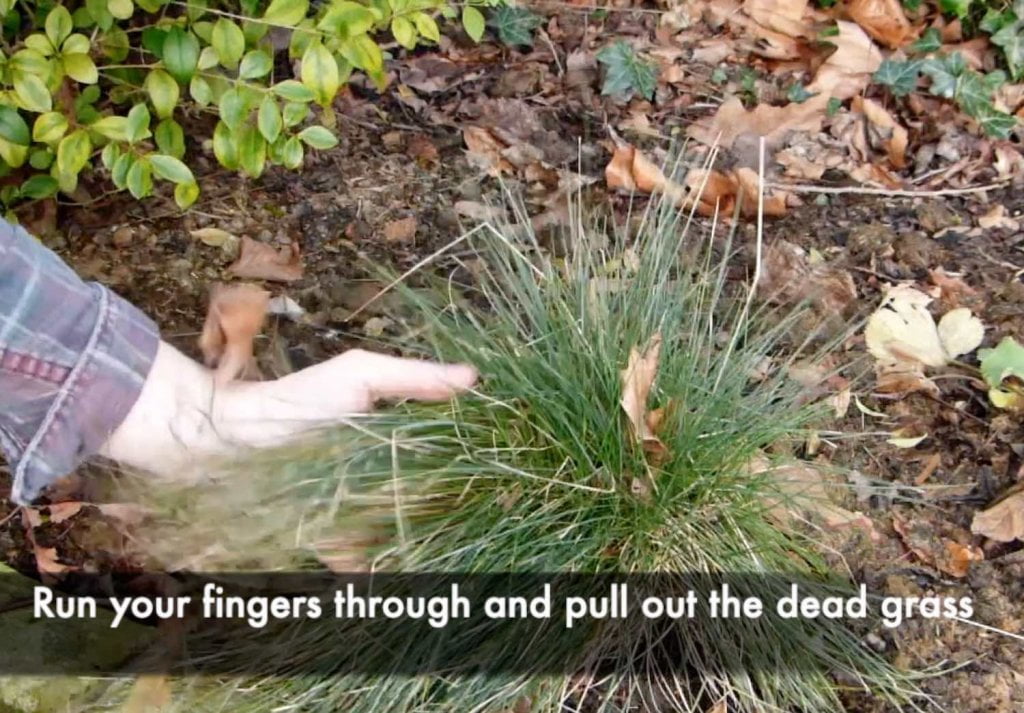
It really is that simple to help keep your Ornamental grasses in tip-top shape. If you're hard pruning ornamental grasses, you can give them a good mulch afterwards if you have poor soil or you think they could do with a feed. Other than that, I find Ornamental grasses super easy to look after and give you a really good return for the minimal effort they require.
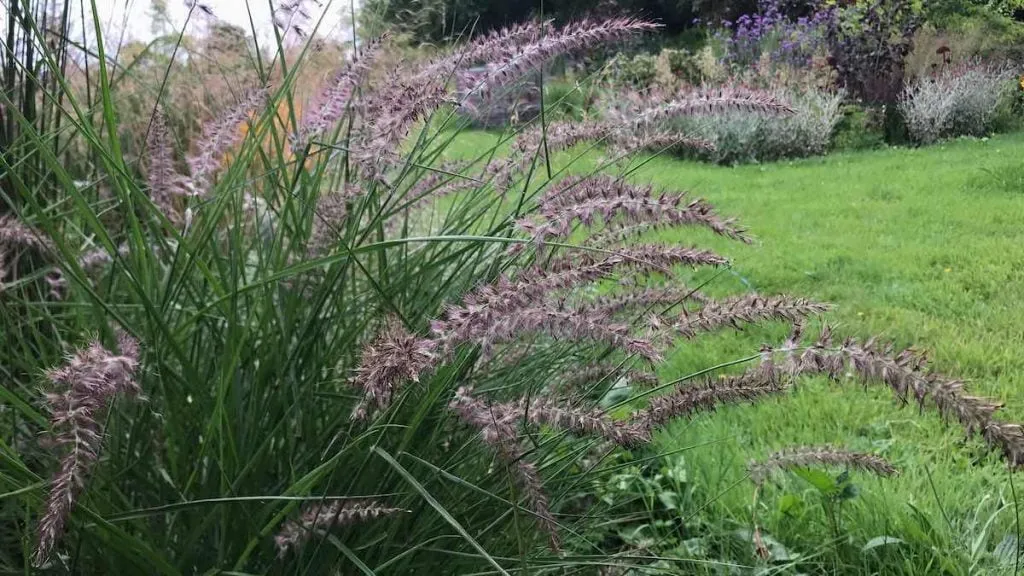
If you're also wondering about how to prune herbaceous perennials I have a guide for that here and the Vlog below.
If you have any questions about grasses you may have or pruning problems, please drop a comment below or add one to my Youtube channel where I’m happy to help. You can also check out my Tweet, Facebook or Instagram for more garden guides and tips.
Happy Gardening!


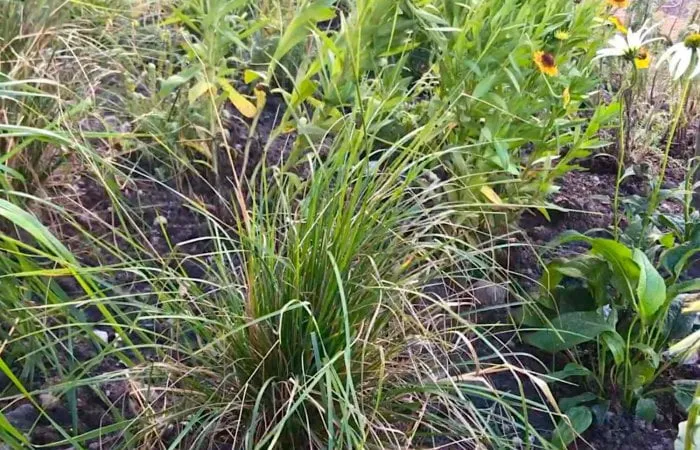
You must be logged in to post a comment.

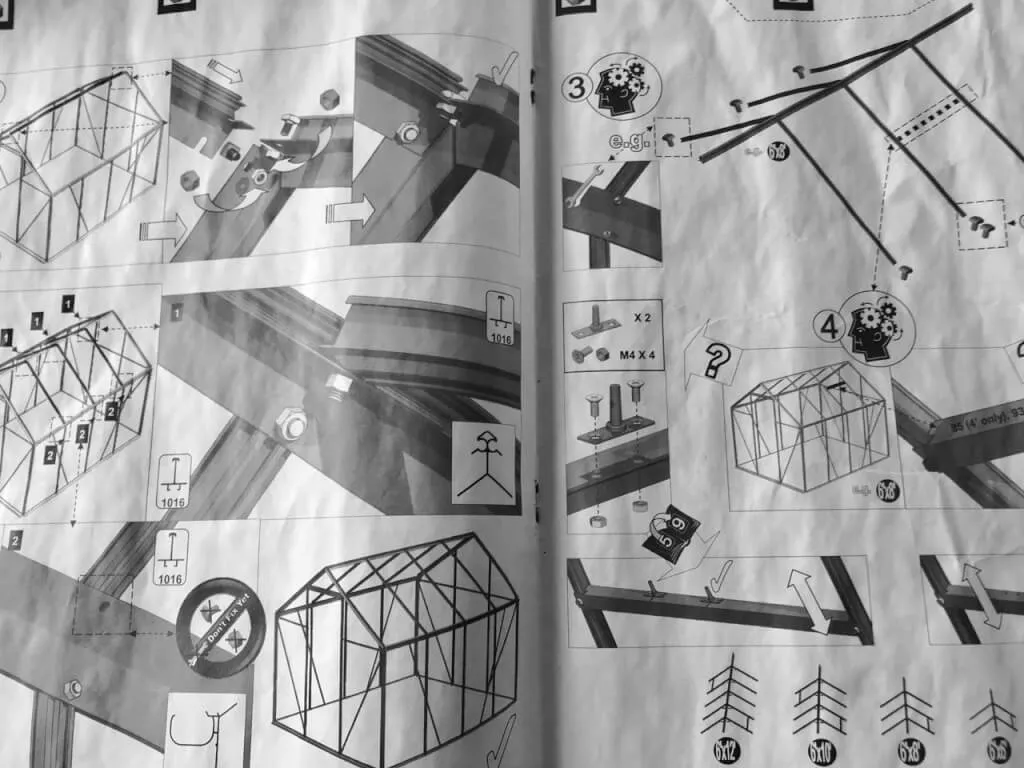

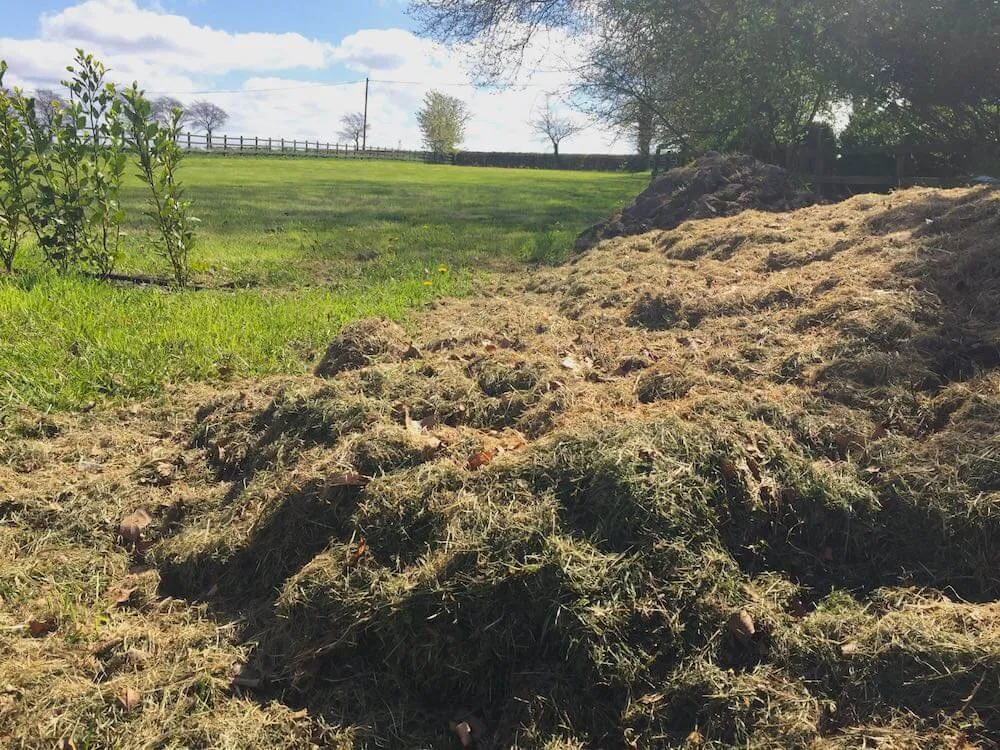

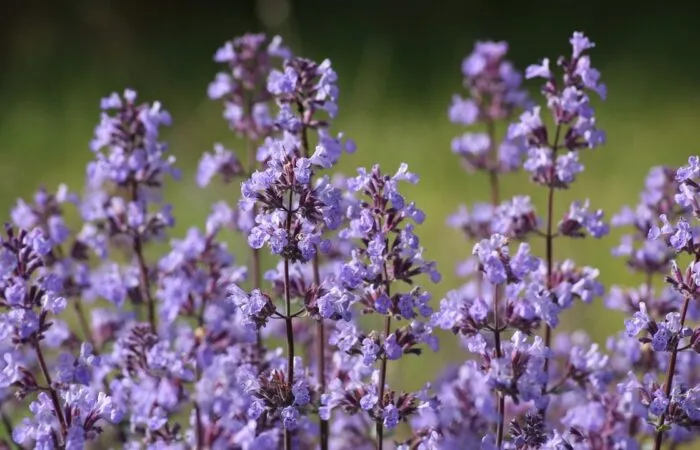
JOIN THE NINJAS

Be the first in line for new Guides, Discount codes and Offers
Hello I have 5 pennisetum moudry in my garden but only one has seed heads this year. I don’t know what I’ve done!